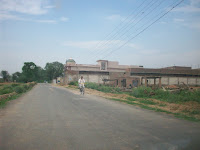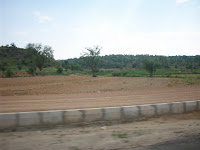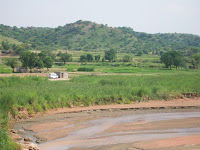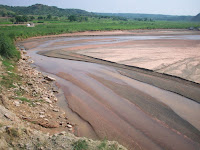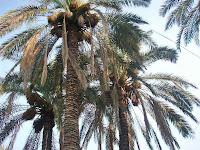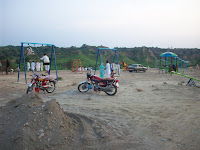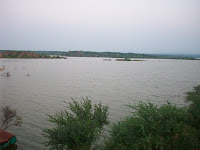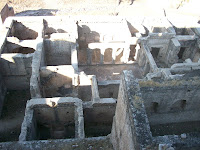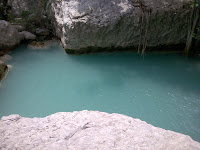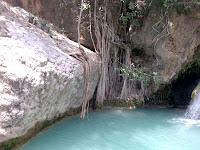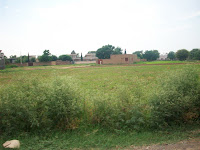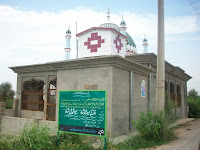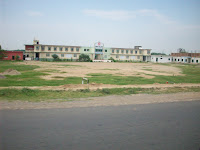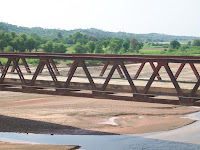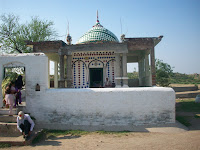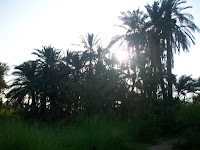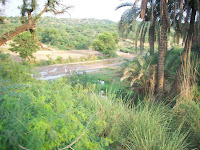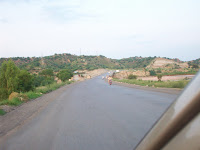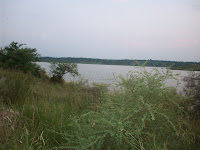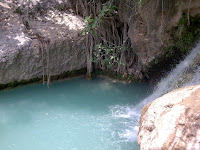Chakwal is situated in Dhani region of Potohar in northern Punjab. Chakwal and surrounding areas are home to ancient Soan civilization and it has a very rich history. Chakwal region’s district capital is the city of Chakwal. Chakwal district has four Tehsils; Kalarkahar, Choha Saiden Shah, Chakwal and Talagang. For many early years, this region was under the reign of Dogra Rajputs and Khokhar Rajputs. In Moghul emperor Babar’s time seven tribes called Awans, Waince, Mair Minhas, Khokhar Rajputs, Bhatti Rajputs, Mughal Kassar and Kahut Quriesh were settled in this region (wiki).
This region has a unique culture. According to Chen, Leung, & Chen (2009), culture is defined as a set of shared values, beliefs and norms that describe a nation’s unique identity. Cultural products/elements constitute of values, symbols, language, rituals, myths, stories and beliefs which together form the personality of a region.
This area is semi-arid with shortage of water. There are some natural and man-made lakes. People engage in agricultural activities. Mustard, Wheat, Grains, Sesame, Peanuts and Tara Mira are widely grown in this area. Loqat are grown in large farms of Choha Saiden Shah and Kallar Kahar. Salt mines and coal mines are also present which are mostly owned by people in this region and local workers are employed. This type of geographical environment greatly affects how people think and behave. People in this region are strong fighters and stub born. They are brave. Many employees of army have originated from this area. Education is also quite common. People place a lot of importance on education. Many army related schools (Fauji Foundation, PAF etc.), government schools and private schools are situated in this area. Women prefer to work in schools and other professions are not liked for women. In the Mid 80’s many uneducated but skilled labor also went to Gulf region so these expatriates send money to their families living in this region. Punjabi in a specific Potohari accent is widely spoken and its dialect is quite different from various styles of Punjabi that are spoken within the Potohari region.
People mostly wear Shalwar Kamez. Some also wear dhoti or Turbans but that is not common (Chakwal News). Men from well off families often wear a ‘koti’/ coat over shalwar kamez. Women might wear a ‘Burqa’ a large black over flowing garment over their clothes to cover themselves. Sandals and ‘Chapals’/ flip flops are worn mostly. Many non-Muslim minorities especially Hindus have lived in this area and many of them migrated to India after partition. Just as the entire country has been influenced by the Hindu culture, this region is no exception. In fact this area has been a very important place for Hindus, which will be discussed later; therefore Hindu influence is much greater here. Large dowries are given to girls on weddings and ceremony of Mehndi is organized. Tradition of ‘Gharoli bharna’ is also common in weddings in which sister in law or close female relatives of boy’s family go to another relative’s home to fill a mud container with water for blessings.
This place has religious significance for both Hindus and Muslims. Shrine of Chehl-Abdal is situated on a hill top 3500 feet above sea level. Many other important shrines such as Hazrat Baba Farid Ganj Bakhsh, Hazrat Sultan Baho and Hazrat Aho Baho are also here. The famous temple of ‘Kitas’ is situated in this area. It has a lot of significance for Hindus who come here for worship as Kitas’s name is mentioned in Hindu holy book ‘Maha Bharat’ (written in 300 B.C). The temple boasts a hundred stairs till the top where dark rooms are places of meditation. A myth has it that some underground part of temple leads to Chakwal. Famous scholar Al Bairuni learnt Sanskrit at this place in a linguistic university which was situated here at that time. It was during his stay at this place that Al Bairuni discovered radius of earth and wrote his famous book ‘Kitab-ul-Hind’ (Chakwal News). Yearly fair or ‘Mela’ used to be organized in this area where many people came to entertain others or be entertained. Kallar Kahar is a very important tourist attraction of this region. It has a lake and tourists come here for boating.
Influence of families and castes is still great. Chaudarys, Awans and Rajputs remain the prominent families of this region until now. In some villages such as Dalwal, Rajput is considered to be the most prestigious cast where as in others such as Bhaun, Awans are considered most noble. Caste remains an important part of this region. People proudly associate their castes with their names for example Raja, Bhatti, Chaudary etc. People are often associated with a special caste based on their profession for example ‘Mussali’ (Sweepers, work in mines/homes), ‘Polli’ (blacksmith, shop keepers etc), ‘Lakhay’ (extract oil), ‘Kohlu’ (Dig land for agricultural purposes). Many of these people have now adopted different professions but people still call them with these names and often as a means of insult. Inter caste marriage is not encouraged and people prefer marrying in their own caste. Caste system is so deeply rooted that in some villages there are separate mosques for separate castes.
Some delicacies of this area are very famous. People like Pahalwan Rewri (a white, round sweet) and rose water of this region. Those who live in cities bring mustard oil and wheat from their villages in this region.
Life in the villages of Chakwal district is simple. Day starts early in the morning and people sleep early at night. People visit each other quite frequently and everyone knows each other. Television and Indian movies are very popular. Wells are dug in villages and as there is a shortage of water, a carrier who takes water out of well supplies water to homes on a donkey. Many homes have their own wells and some newly constructed homes have latest water extracting systems. Old architecture of homes is different from the new modern style homes. Villages have some older homes and some new homes. Older homes have wooden panels on the room’s wall where silverware and expensive cutlery is displayed. Attached bathrooms are not common in older homes. ‘Alaas’ or small holes in the wall can also be seen which were used for putting lamps in older times. Homes also have ‘tandoors’ (hole in the ground) for making ‘rotis’. In addition to that, there are specific ‘tandoors’ in the village where people take their bread to be cooked in exchange for some money. There is a lot of difference in the way locals live and the way locals who have settled in cities and visit village frequently live. People residing in cities who have some family in village or those who just visit it sometimes have a more city like lifestyle and modern homes while those who are permanently residing in villages have a more rural lifestyle. Expatriates who are working in the gulf region (most of them are skilled but uneducated) send back their money and their families are more well off. Poor people dry animal waste by pasting it on the walls and use it as a fuel for fire. Poor women go door to door to ask for food, money and clothes. They also tend animals for richer people of the village.
Chakwal city in itself, although heavily influenced by the village lifestyle, has more of an urban environment. Kallar Kahar and Choha Saiden Shah are also somewhat modern. Many organizations such as mining department, Fauji Foundation, Pakistan Cement, Best way cement are employing educated locals and have settled some outsiders too in their colonies in these regions. Many people who have worked in cities often go back to their homes in villages after retirement.
Chakwal’s unique culture and its rich history makes it a very interesting region. Although this region is considered more of a developed rural area, it has still kept its real identity alive.
 While beWhile being here, you might want to pay a visit to some of the following locations: Rawalpindi, Mandi Bahauddin, Khushab, Islamabad and Sargodha. To further explore this place, just scroll down and browse the available info. Let's start with some photos from the area.
While beWhile being here, you might want to pay a visit to some of the following locations: Rawalpindi, Mandi Bahauddin, Khushab, Islamabad and Sargodha. To further explore this place, just scroll down and browse the available info. Let's start with some photos from the area.